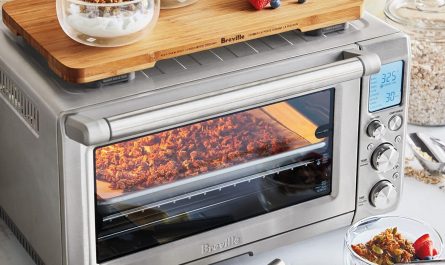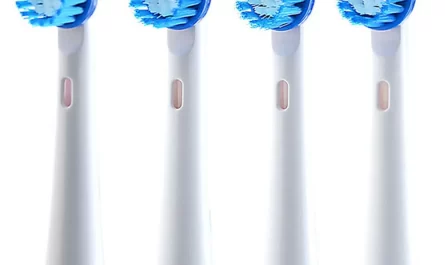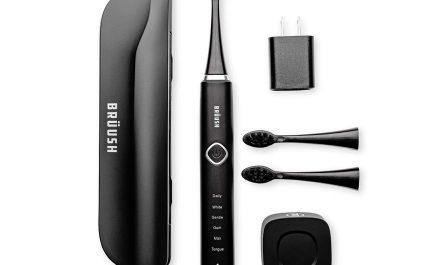Importance of Oral Hygiene After Wisdom Teeth Extraction
Maintaining oral hygiene after wisdom teeth extraction is crucial for a successful recovery. Good oral care helps prevent infections and promotes faster healing. Below, we explore why keeping your mouth clean is essential and how it aids your recovery:
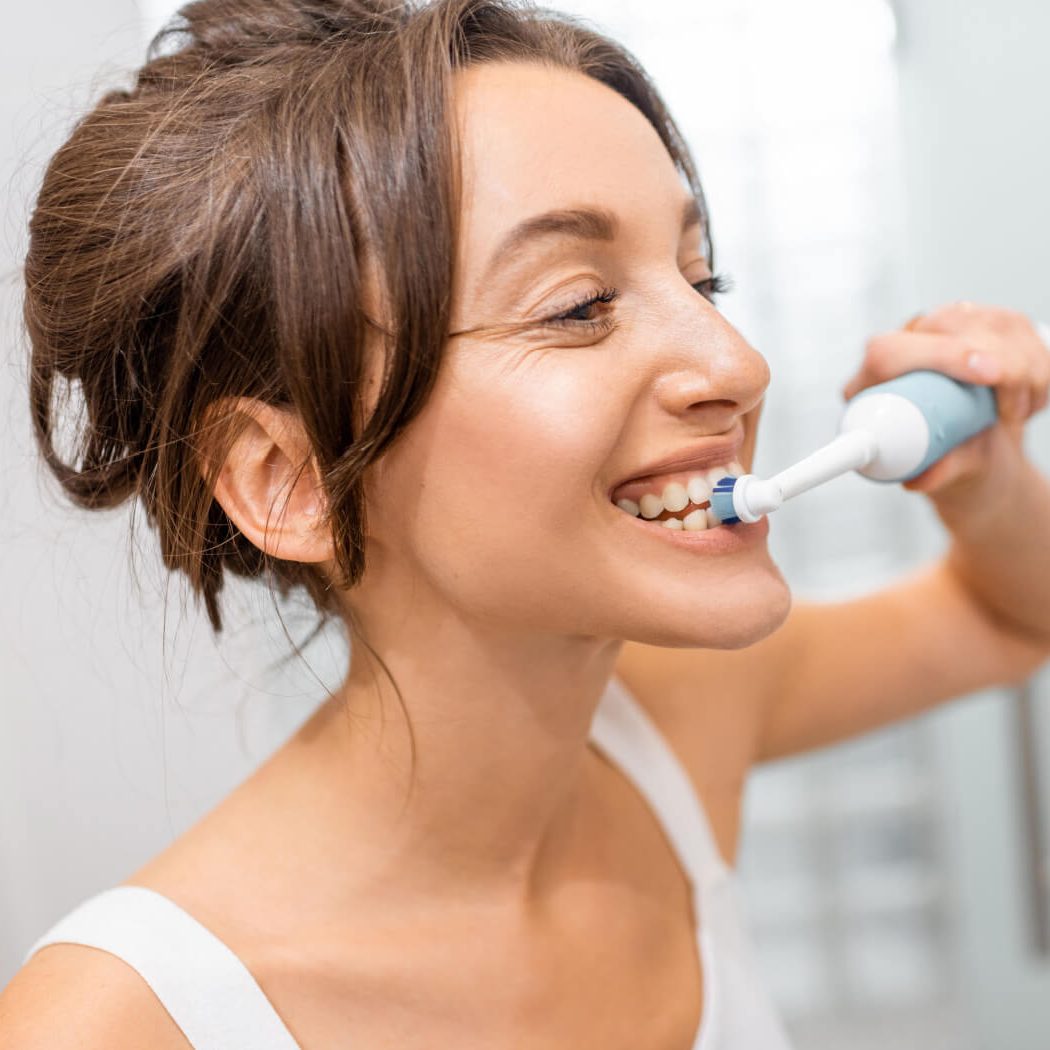
- Prevents Infections: Leftover food particles and bacteria can cause infections in the extraction sites. Regular, gentle cleaning reduces this risk.
- Promotes Healing: Clean wounds heal better and faster. Good oral hygiene keeps the area free from harmful residues that might compromise the clotting and healing processes.
- Reduces Bad Breath: Post-surgery, you might experience bad breath due to blood and debris in the mouth. Keeping your mouth clean helps minimize this.
- Comfort and Hygiene: Clean mouths are more comfortable. They feel and smell fresher, providing a sense of well-being during recovery.
It’s important to follow your dentist’s advice on how to clean your mouth post-extraction. This often includes using salt water rinses and gentle brushing with a soft-bristled brush away from the extraction sites.
Precautions When Brushing With An Electric Toothbrush
Using an electric toothbrush after wisdom teeth removal requires careful consideration. To ensure you don’t harm the surgical site, follow these precautions:
- Wait Before Using: Start using your electric toothbrush 72 hours post-surgery. This gives time for initial healing.
- Avoid the Surgery Area: Brush around, not directly on, the extraction sites to prevent disrupting the clots.
- Use Soft Settings: Electric toothbrushes have different settings. Use the gentlest mode to minimize irritation to the sensitive gum area.
- Soft Bristles are Best: Choose attachments with soft bristles to avoid further trauma to your gums.
- Gentle Movements: Apply light pressure. Gentle, slow motions help avoid any damage.
- Short Sessions: Keep each brushing episode brief. Over-brushing can irritate the surgery sites.
Discuss these precautions with your dentist. They can provide tailored advice suitable for your specific case.
Timing: When to Start Using an Electric Toothbrush
Deciding the right time to use an electric toothbrush after wisdom teeth removal is vital for safe healing. Generally, you should wait at least 72 hours before using an electric toothbrush. This waiting period allows the extraction sites to begin the healing process. During the first few days, sticking to gentle rinsing and soft manual brushing away from the extraction sites is advised. Postponing the use of electric toothbrushes prevents any disturbances to the clot formation. This is crucial for preventing conditions such as dry socket, which can impede healing and cause significant discomfort. After this initial period, consult your dentist to confirm if it’s safe to resume using an electric toothbrush. They can assess your healing progress and advise you accordingly. Remember, each person’s recovery may vary, so personalized advice from your dental professional is always best.
Advantages of Using an Electric Toothbrush for Recovery
Using an electric toothbrush during recovery from wisdom teeth removal has several benefits. Here are the most significant advantages:
- Efficient Cleaning: Electric toothbrushes remove plaque more effectively than manual brushes.
- Gentle on Gums: They offer adjustable settings that help keep the brushing experience gentle. Using softer settings ensures the sensitive areas around the extraction site are not irritated.
- Even Cleaning: Their automated brushing action helps achieve a consistent clean across all teeth, which might be difficult with manual brushing during recovery.
- Reduce Strain: For individuals experiencing soreness or swelling post-surgery, electric toothbrushes require less physical effort, reducing strain on the mouth and jaws.
- Prevents Infection: By efficiently removing plaque, electric toothbrushes help prevent possible infections at the surgical site.
While electric toothbrushes offer numerous advantages, it’s essential to use them properly post-extraction. They should only be used on a soft setting to avoid irritating the healing areas. Always consult your dentist before switching back to an electric toothbrush after your surgery.
Potential Risks With Electric Toothbrushes After Surgery
After wisdom teeth removal, using an electric toothbrush can pose some risks. Here are critical points to consider:
- Disturbing the Clot: An electric toothbrush might dislodge the blood clot over the extraction site. This can delay healing and lead to dry socket, a painful condition.
- Gum Irritation: Electric toothbrushes can irritate sensitive gums recovering from surgery. Irritated gums can swell and are prone to bleeding.
- Infection: If the healing tissue gets damaged by an electric toothbrush, there’s a higher risk of infection. Infections can cause severe complications and prolong recovery.
- Pressure Sensitivity: After surgery, gums are more sensitive to pressure. An electric toothbrush might cause pain if you press too hard.
- Device Handling: Swelling and discomfort might affect how you hold and control the toothbrush. Poor control could lead to accidental injury of the healing gums.
To avoid these risks, use gentle care when cleaning your teeth. Stick to the guidelines your dentist gives you, including when to reintroduce an electric toothbrush into your routine.
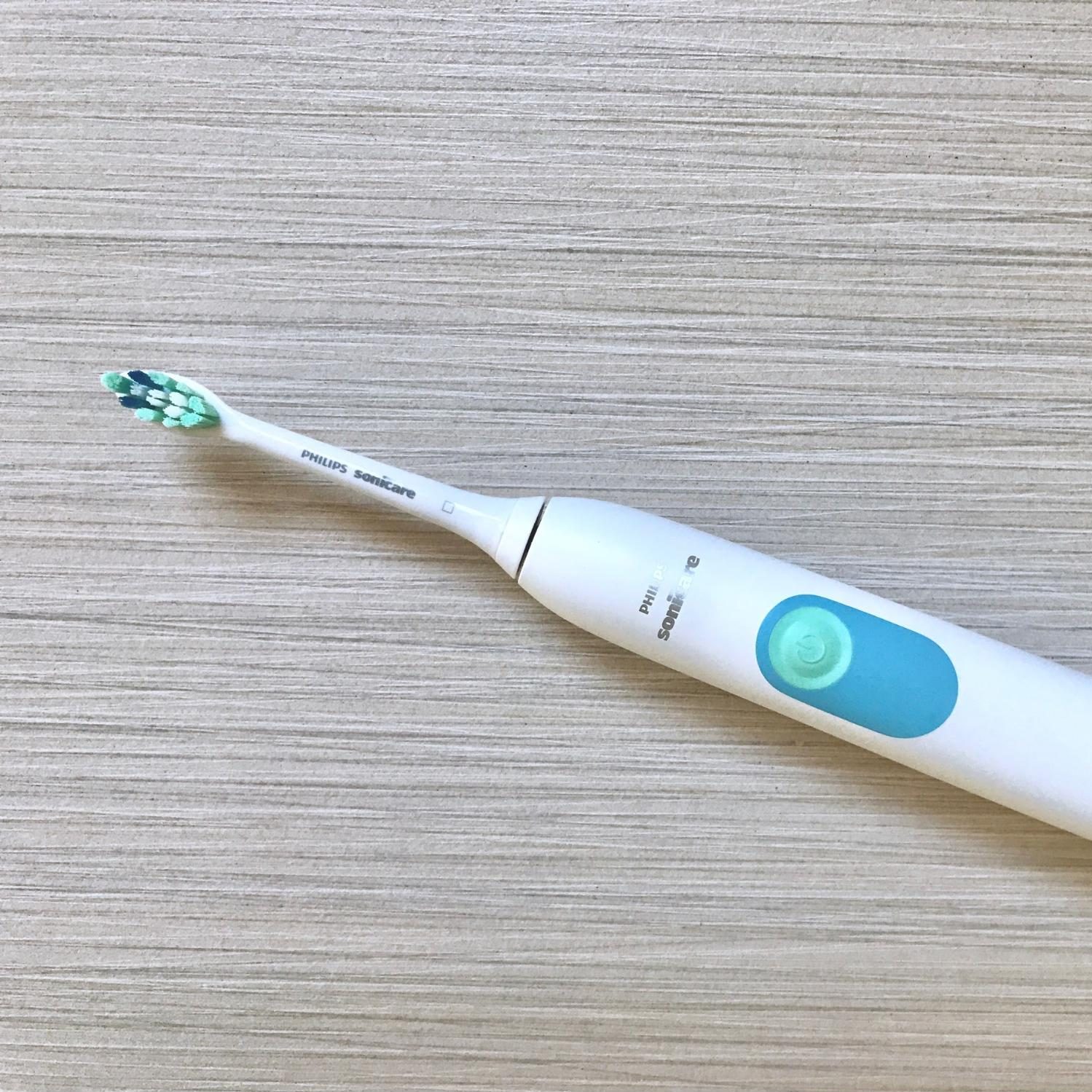 Step-by-Step Guide for Using an Electric Toothbrush Post-Extraction
Step-by-Step Guide for Using an Electric Toothbrush Post-Extraction
After undergoing wisdom teeth removal, using an electric toothbrush requires cautious steps to avoid complications. Here is a simple guide to help you use your electric toothbrush safely during your recovery:
- Wait for the Right Time: Do not use an electric toothbrush immediately after the extraction. Wait for at least 72 hours to allow initial healing.
- Choose the Right Bristle and Setting: Use a toothbrush with soft bristles. Set your electric toothbrush to a gentle mode to avoid irritating the extraction site.
- Brush Around the Extraction Site: Carefully brush the teeth around the extraction site. Do not touch the gums or the extraction site itself to prevent dislodging the clot.
- Use Light Pressure: Apply light pressure while brushing. This ensures that you clean your teeth without causing harm to sensitive areas.
- Short Brushing Sessions: Limit your brushing sessions to two minutes at most. Prolonged contact could irritate the healing tissues.
- Monitor Your Pain: If you experience increased pain or bleeding, stop using the electric toothbrush and consult your dentist.
- Keep the Brush Clean: Ensure your toothbrush head is clean. Replace the brush head if it’s worn out to maintain hygiene.
By following these simple steps, you can maintain oral hygiene with minimal risk during your recovery period after wisdom teeth removal.
Alternatives to Brushing and Mouth Care Tips
Post wisdom teeth removal, maintaining oral hygiene is still paramount while avoiding harm to the extraction site. If using an electric toothbrush is tentative, there are alternative measures to ensure the mouth remains clean and to support the healing process.
- Saltwater Rinses: Gently swish warm saltwater in your mouth to disinfect and soothe your gums but avoid vigorous rinsing.
- Manual Toothbrush with Soft Bristles: If an electric toothbrush seems too strong, switch to a manual toothbrush with extremely soft bristles.
- Antibacterial Mouthwash: Use an alcohol-free antibacterial mouthwash that’s soft on the mouth but still effective in maintaining cleanliness.
- Gauze and Warm Water: For the first 24 hours, lightly dab the area with gauze soaked in warm water instead of brushing.
- Dental Wipes: Special dental wipes can be gentle on gums while keeping the teeth surfaces clean.
- Avoid Certain Foods: Steer clear of hard, sticky, or highly seasoned foods that can irritate the site or get lodged in the gums.
These alternatives can help in keeping your mouth healthy without disturbing the healing process. Always discuss the best approach with your dentist, and never hesitate to call them if you’re unsure about any part of your post-operative care.
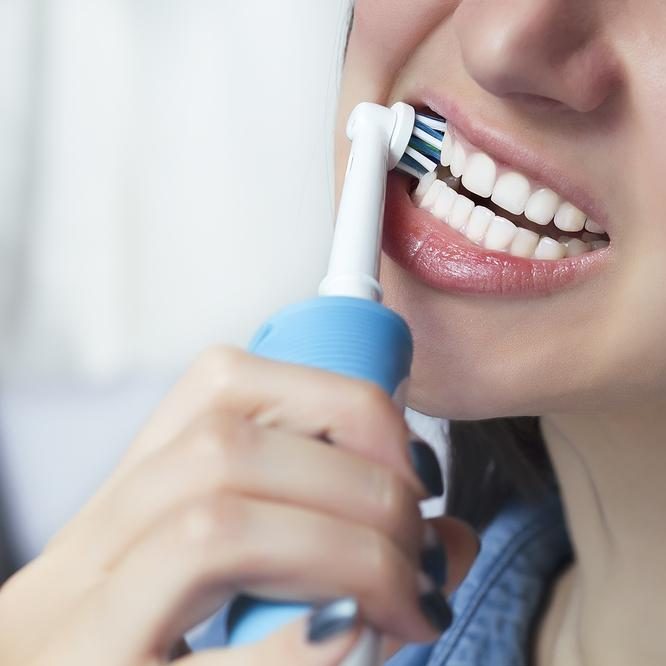 Common Questions and Answers About Oral Care After Wisdom Teeth Removal
Common Questions and Answers About Oral Care After Wisdom Teeth Removal
Managing oral care after wisdom teeth removal can bring up many questions. Here are some common queries and their answers to guide you through this healing phase.
Can I use an electric toothbrush right after wisdom teeth removal?
No, wait at least 72 hours to give the extraction sites time to start healing.
Is it safe to brush near the extraction site?
Brush gently around the area but avoid the site itself to prevent clot disturbance.
What kind of toothbrush should I use post-surgery?
Use a soft-bristled manual toothbrush for the first few days, then switch to an electric one set to a soft mode.
How can I keep my mouth clean without brushing?
Gently rinse with warm salt water and consider using dental wipes or gauze to clean around the area.
When can I eat normally again after the surgery?
Start with soft foods and slowly reintroduce solid foods as your healing progresses.
What should I do if I feel increased pain while brushing?
Stop brushing and consult your dentist if you experience pain or bleeding.
These FAQs can help navigate the sometimes confusing recovery period, but always remember to seek personalized advice from your dental health professional.

